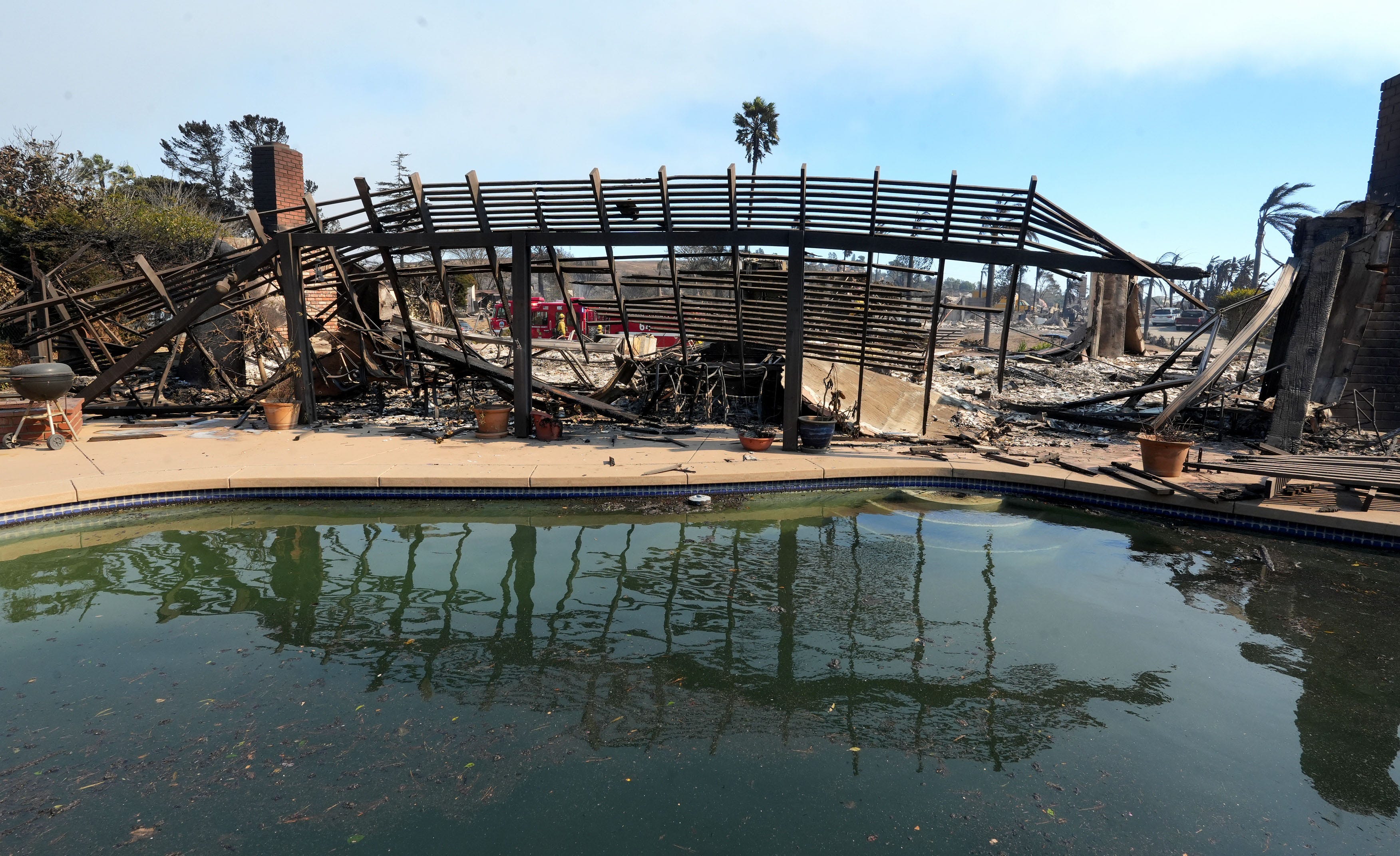When the nonprofit group Fossil Excavators organized a dig at a world-famous dinosaur fossil site in North Dakota, they didn't expect to find much except for some fossilized plants.
They found a 65-million-year-old partial Triceratops skull.
Harrison Duran, a fifth-year biology student at UC Merced, discovered the specimen during a June paleontology dig in North Dakota with Michael Kjelland, an assistant professor of biology at Mayville State University.
This was Duran's first paleontological excavation, and although finding dinosaur bones is rare, he was optimistic about the trip.
"It's important to find these specimens because it helps us get a better understanding," Duran said. "The more skulls we find, the more specimens we find, the better understanding we could have of the species."
Four days into the two-week excavation at the Hell Creek Formation in southwestern North Dakota, Duran and company found the remains of a Triceratops they named Alice.
The specimen was unearthed among other Cretaceous period plant fossils that can provide paleontologists insight into the creature's ancient environment.
News
Top news of the day
The Triceratops skull was found inverted in the ground with its left horn partially exposed. It took one week to excavate Alice, whose skull was stabilized with glue and bonded with plaster before being moved to an undisclosed location, the excavators said.
Duran, who is also studying ecology and evolutionary biology, has been a fan of dinosaurs since he was a kid. It was the Los Angeles Natural History Museum and the nearby La Brea Tar Pits that sparked his interest in them.
"It's a place that, for me as a kid, holds a special place in my heart," Duran said. "That is what started my passion for paleontology, that there were a myriad of wonderful animals that existed, and it put me on a mission to discover the lost world of the past."
At UC Merced, Duran took a History of Dinosaurs course during his first year with Professor Justin Yeakel, and it was after that he decided to take his interests outside of the classroom.
Later, Duran, 23, and Kjelland met at a biotechnology conference, realized they shared a passion for dinosaurs, and founded Fossil Excavators, a nonprofit organization that focuses on creating cross-disciplinary research collaborations and community engagement in paleontology and related fields.
For Fossil Excavators, a good day isn't necessarily finding a significant fossil specimen.
"It is about having a good time fossil hunting or fossil excavating while making new friends, exploring, and learning about nature," their website states.
Fossil Excavators is preparing the skull for public display. Once preparations are complete, they can conduct research on the specimen and determine its sex, age and subspecies. Alice's new home is yet to be determined, but Kjelland hopes that she will serve as an educational tool in rotation.
Duran said the organization intends to create a cast of the skull to display on the university campus. He said he plans to continue in the field for as long as he can.
"I want to study paleontology until I rest in the ground like the animals I dig up," Duran said.
Check back to this page to follow the progression of Alice's public debut.



